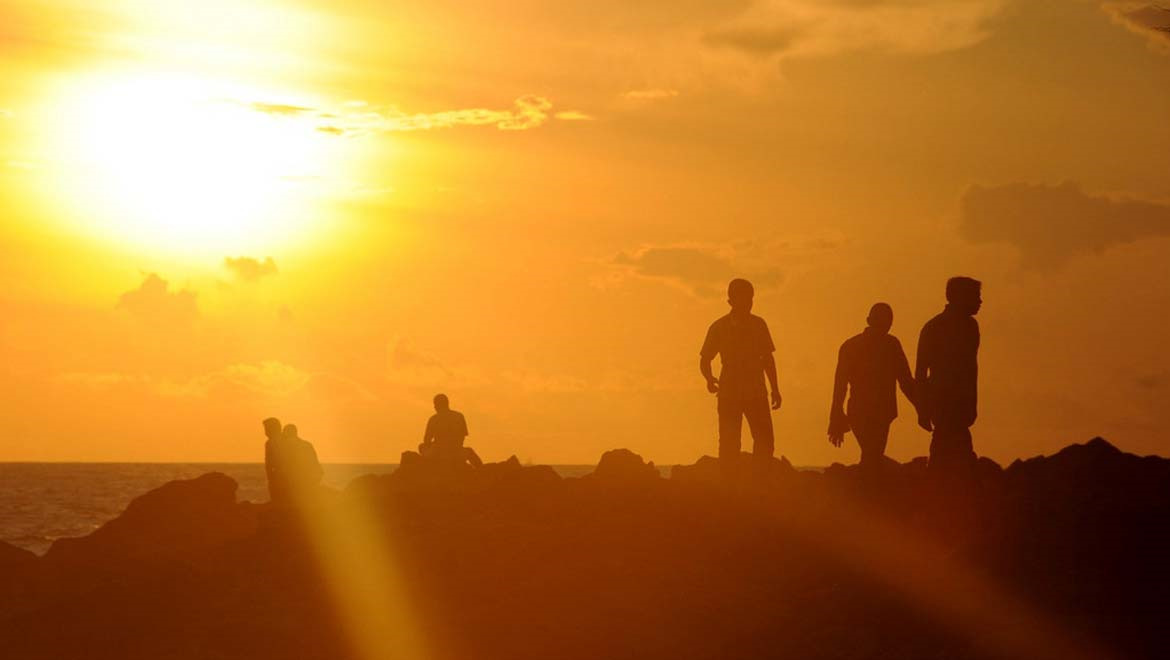Heatwaves alone do not pose a fatal threat in nature. However, when high temperatures combine with high humidity, known as the wet bulb temperature, heatwaves become potentially lethal. In a recent incident in Uttar Pradesh’s Ballia district, at least 68 people were admitted to a hospital with suspected deaths caused by scorching heatwave conditions. Although officials are investigating the cause of these deaths and have not established a strong link to high temperatures, it is crucial to understand why heatwaves can be deadly.

Heatwaves cause deaths primarily due to the combination of high temperatures and high humidity. For example, in April of this year, 13 people died from an apparent heatstroke during a government award function in Navi Mumbai. Despite the city not experiencing heatwave conditions with temperatures ranging between 30 and 35 degrees Celsius, experts suggested that the high humidity levels at the venue could have contributed to the unusually high death toll.
The deaths in Ballia may have occurred for similar reasons. On June 18, the relative humidity in the city was 31% at 5:30 pm, with the maximum temperature reaching 43.5 degrees Celsius. This resulted in a Heat Index (HI), or “real feel” temperature, of 51 degrees Celsius according to calculations by the National Oceanic and Atmospheric Administration’s (NOAA) HI calculator. Such extreme conditions can severely impact the human body, sometimes leading to fatalities. Unfortunately, relative humidity levels in Ballia prior to June 18 were not available, making it difficult to assess the full extent of the impact.
It is crucial to recognize that the combination of high temperatures and high humidity poses the greatest risk during heatwaves. Efforts to mitigate the impact of heatwaves should consider both factors to ensure the safety and well-being of individuals in affected regions.

During a heatwave, it is important to take necessary precautions to protect yourself and others from the extreme heat. Here are some recommended measures:
1. Stay hydrated: Drink plenty of water throughout the day, even if you don’t feel thirsty. Avoid alcohol, caffeine, and sugary drinks as they can contribute to dehydration.
2. Stay cool: Spend time in air-conditioned environments such as shopping malls, libraries, or community centers. If you don’t have access to air conditioning, use fans, take cool showers or baths, or dampen your body with a wet cloth to help lower your body temperature.
3. Dress appropriately: Wear loose-fitting, lightweight, and light-colored clothing that allows your body to breathe and facilitates sweat evaporation.
4. Limit outdoor activities: If possible, avoid going outdoors during the hottest parts of the day, typically from late morning to mid-afternoon. If you must be outside, seek shade, wear a wide-brimmed hat, and use sunscreen to protect your skin.
5. Check on vulnerable individuals: Keep an eye on elderly people, young children, and those with chronic illnesses, as they are more susceptible to heat-related illnesses. Offer assistance, ensure they are staying cool and hydrated, and encourage them to seek medical help if needed.
6. Never leave children or pets in parked vehicles: Temperatures inside a parked car can rise to dangerous levels rapidly, leading to heatstroke or even death. Always take children and pets with you when leaving the vehicle.
7. Stay informed: Pay attention to weather forecasts and heatwave warnings issued by local authorities. Follow their advice and guidelines to stay safe.
Remember, heatwaves can be dangerous, so it’s crucial to take these precautions seriously and prioritize your well-being and that of those around you.













